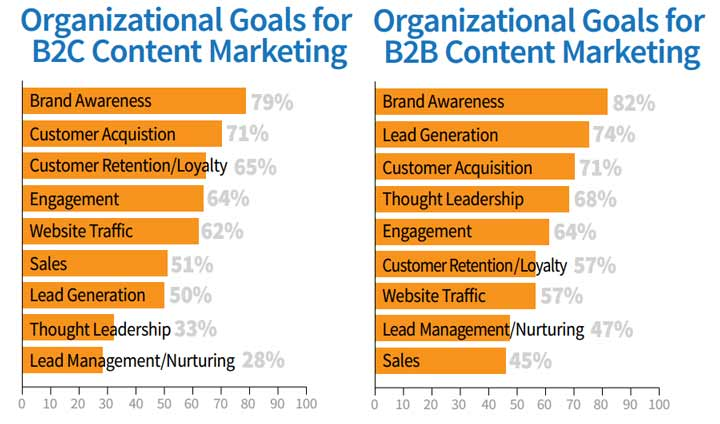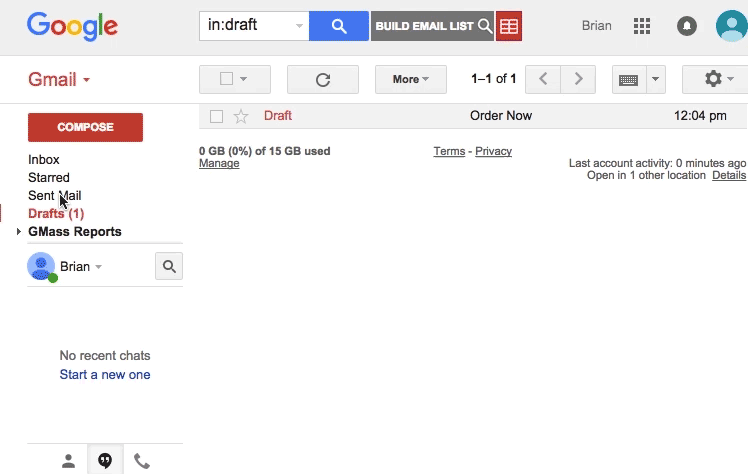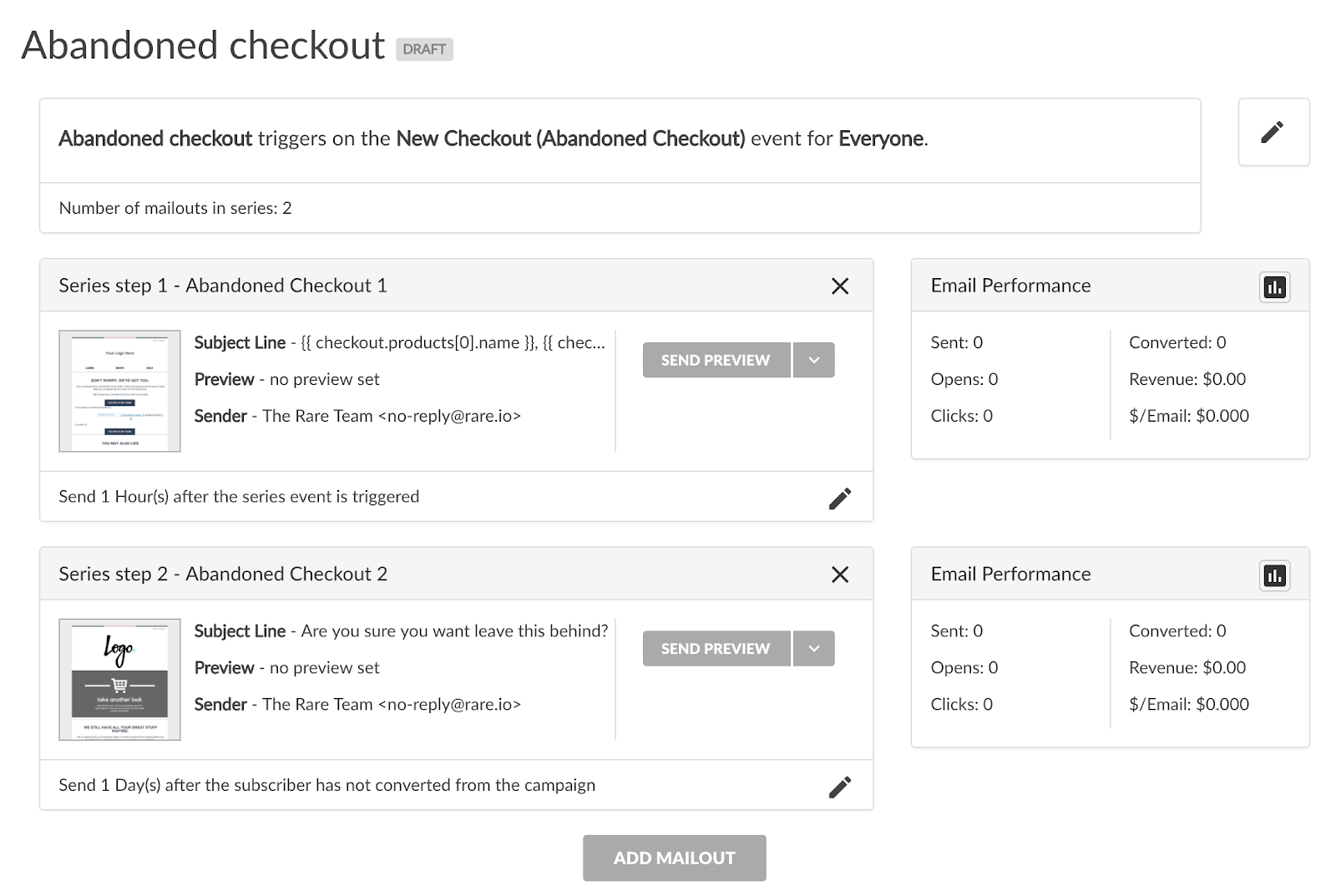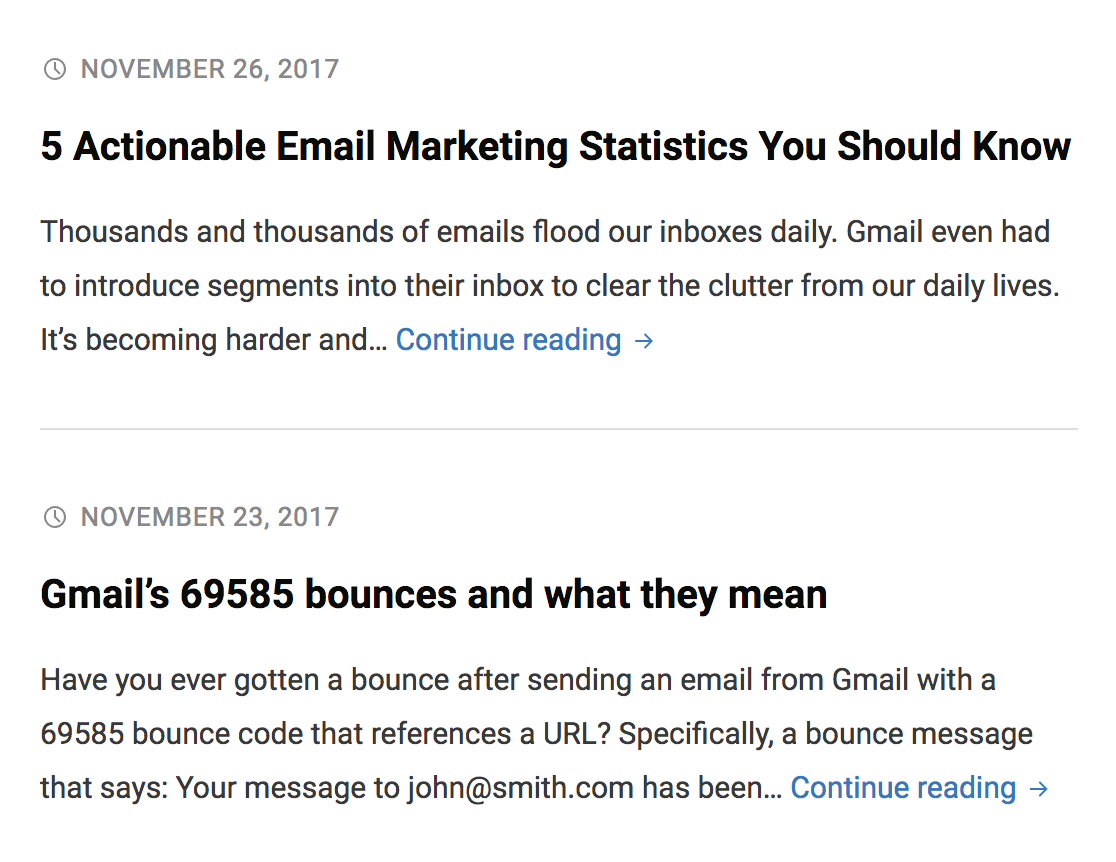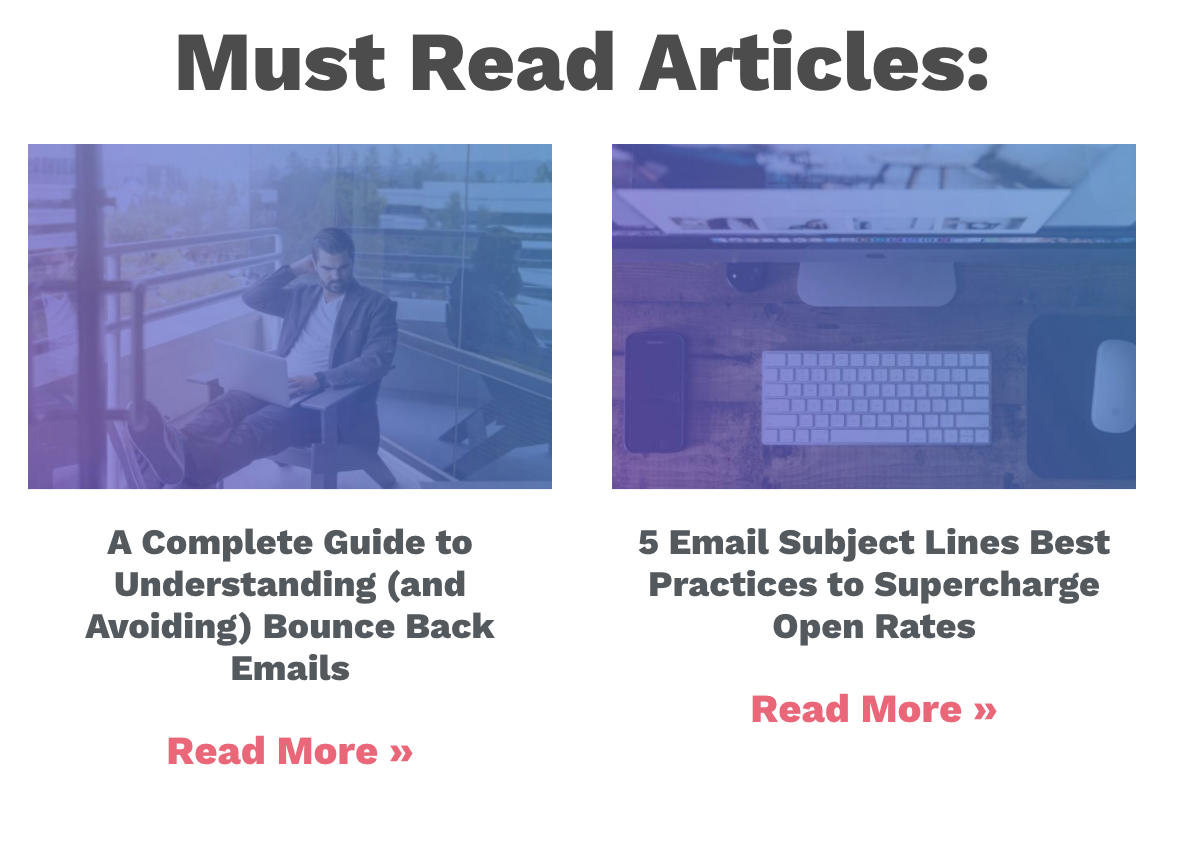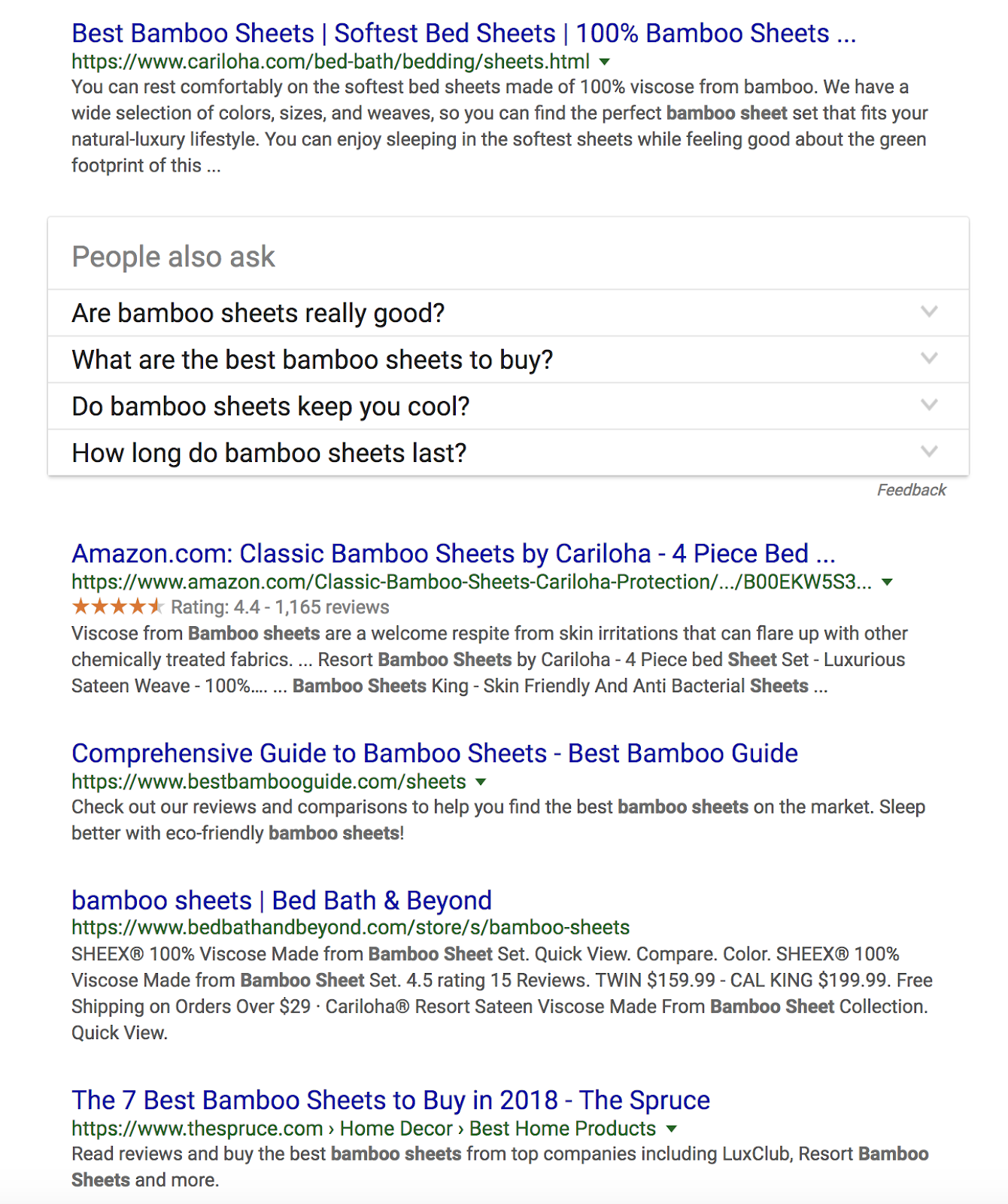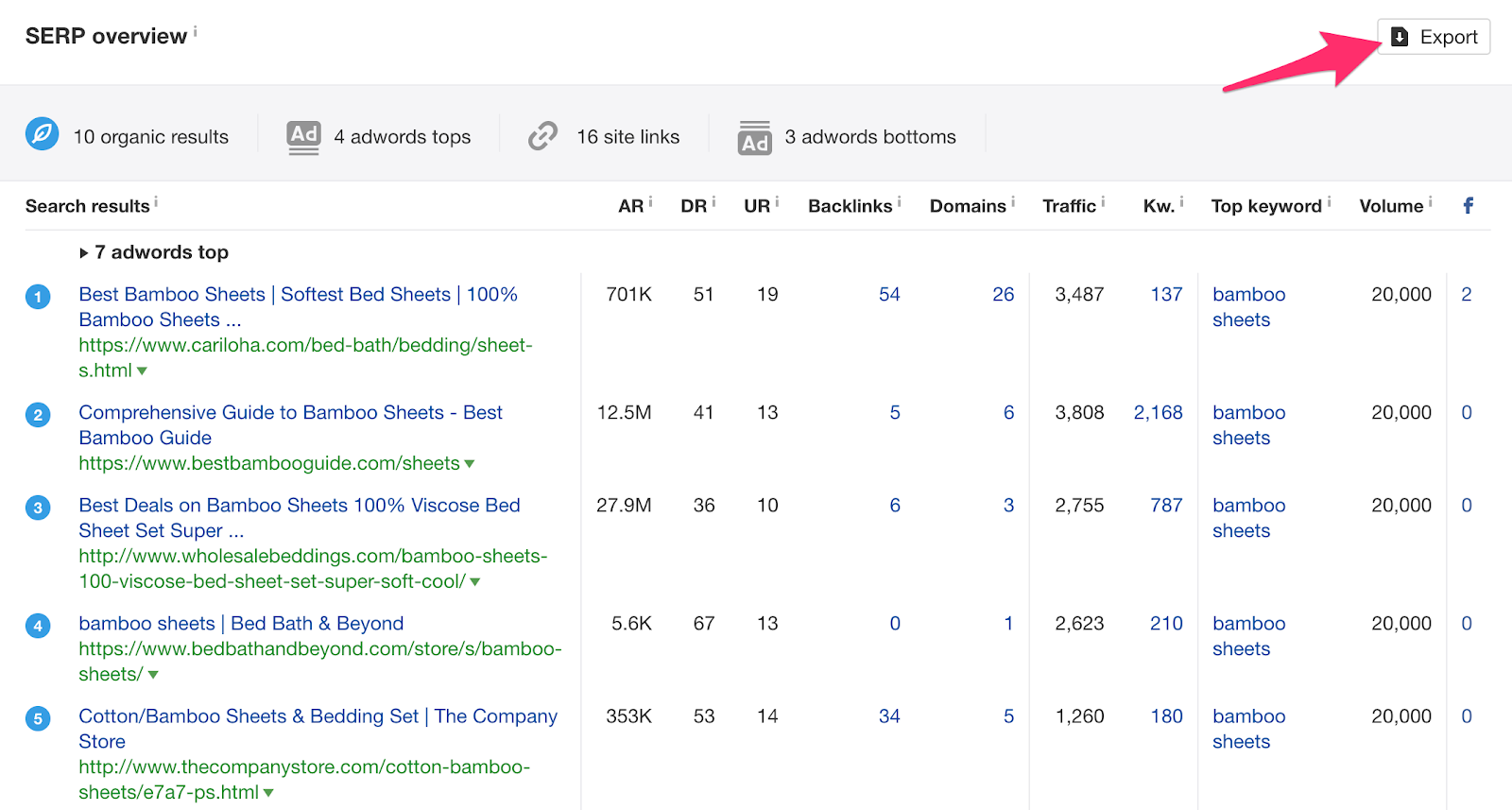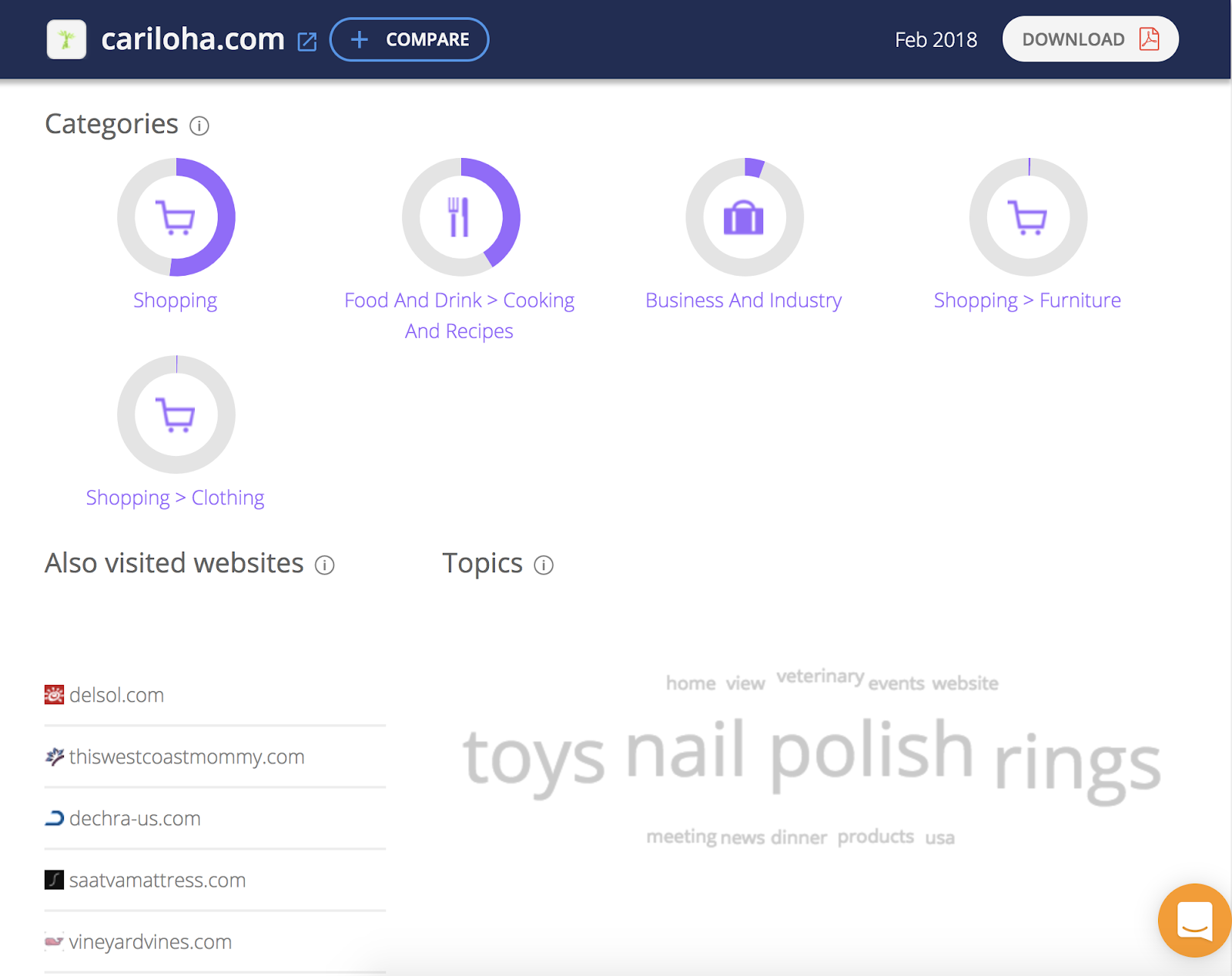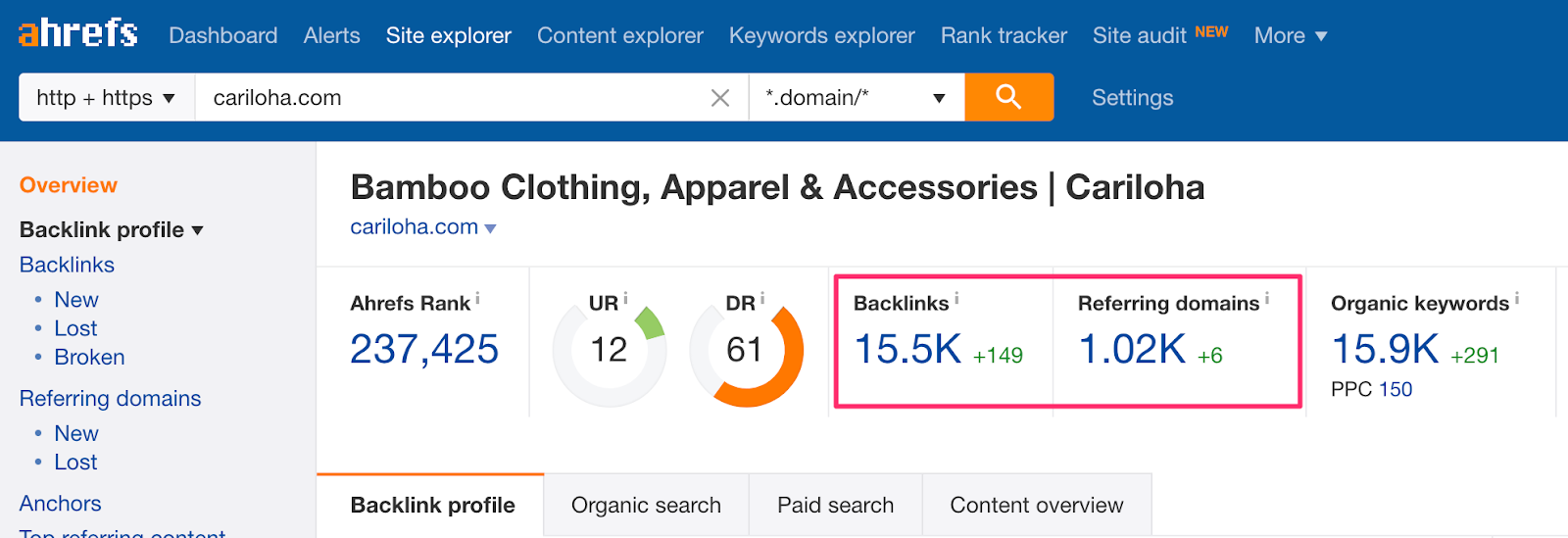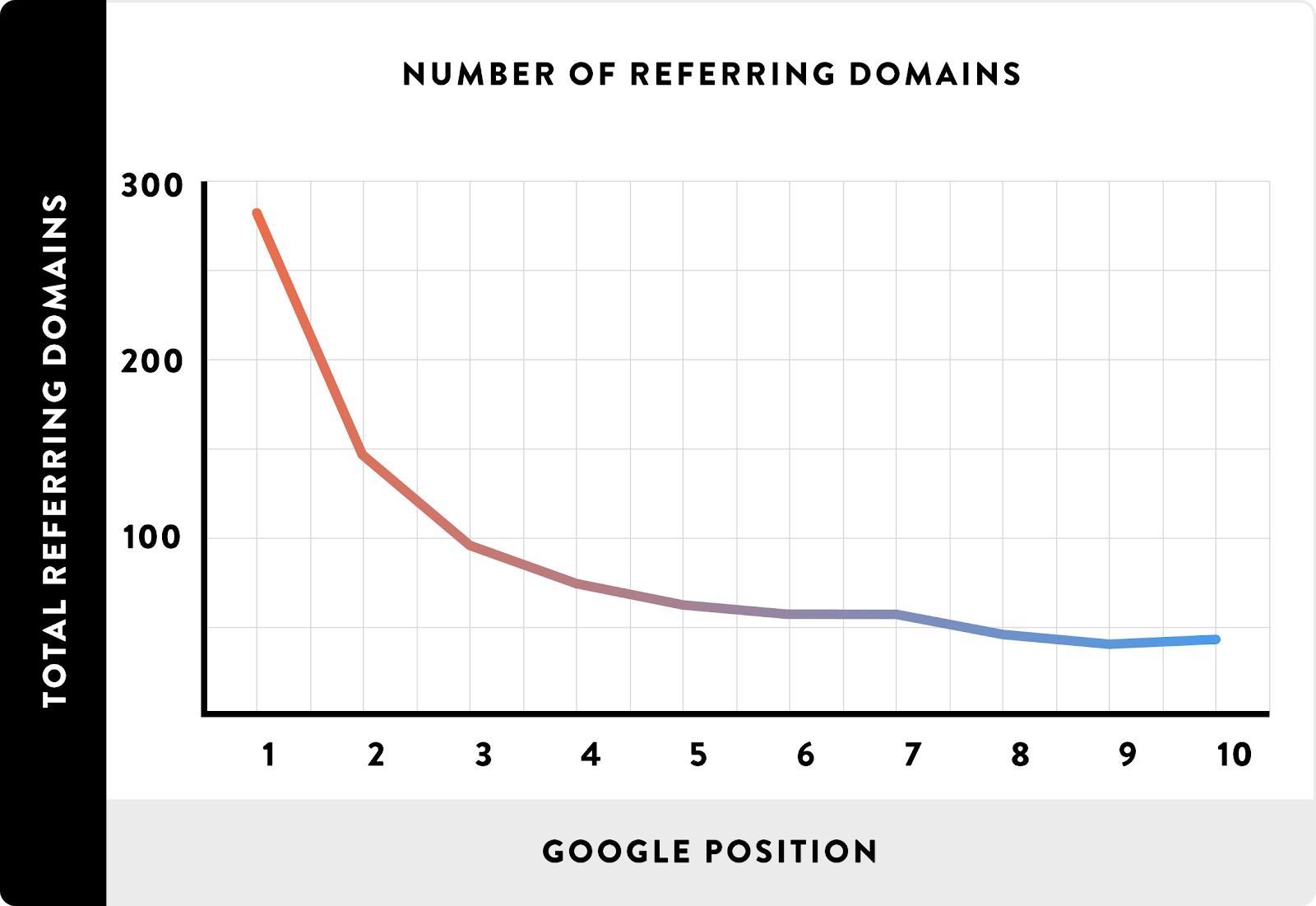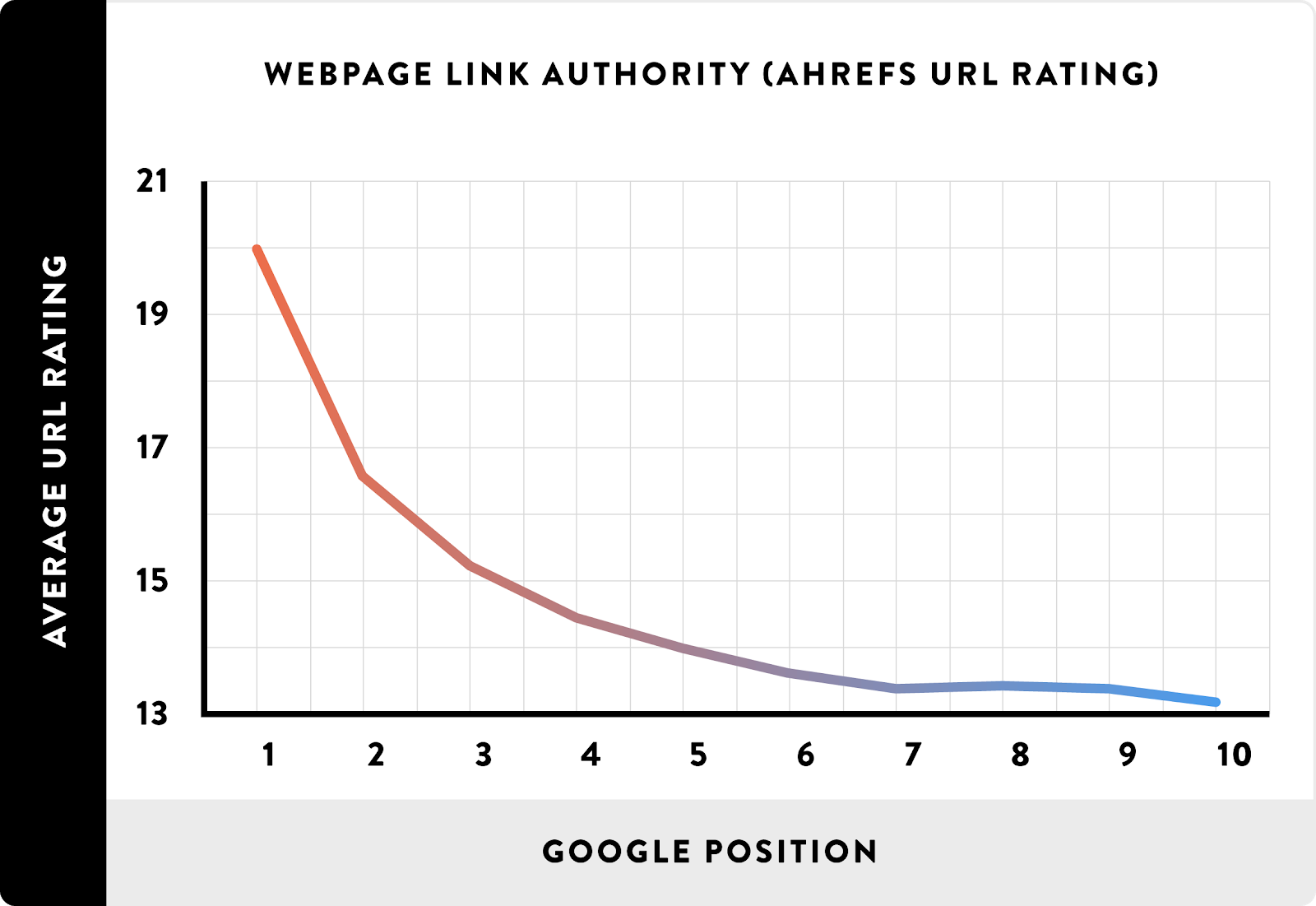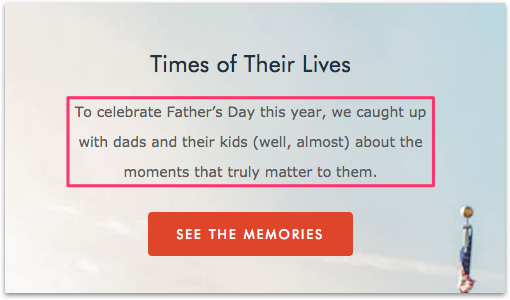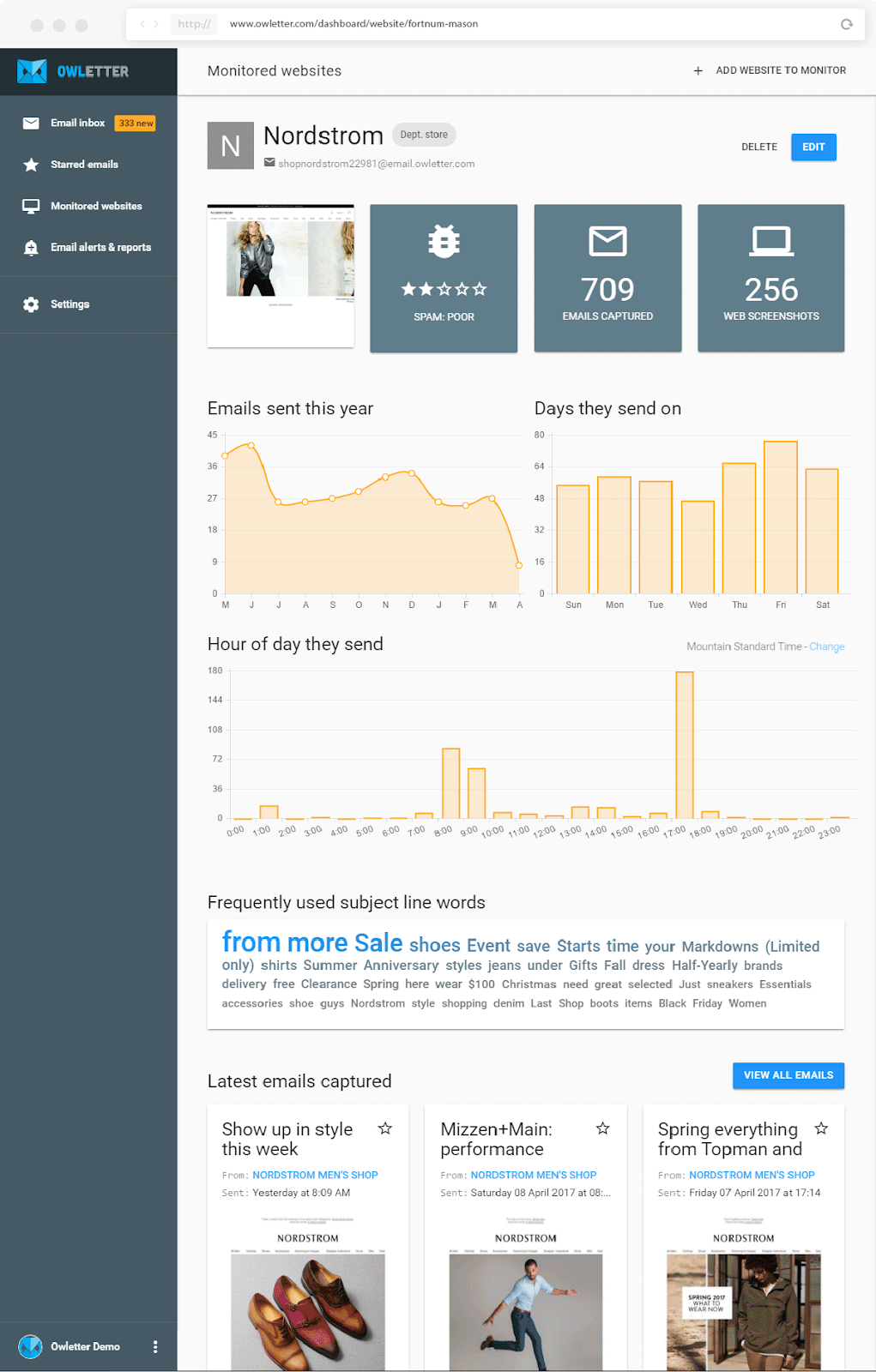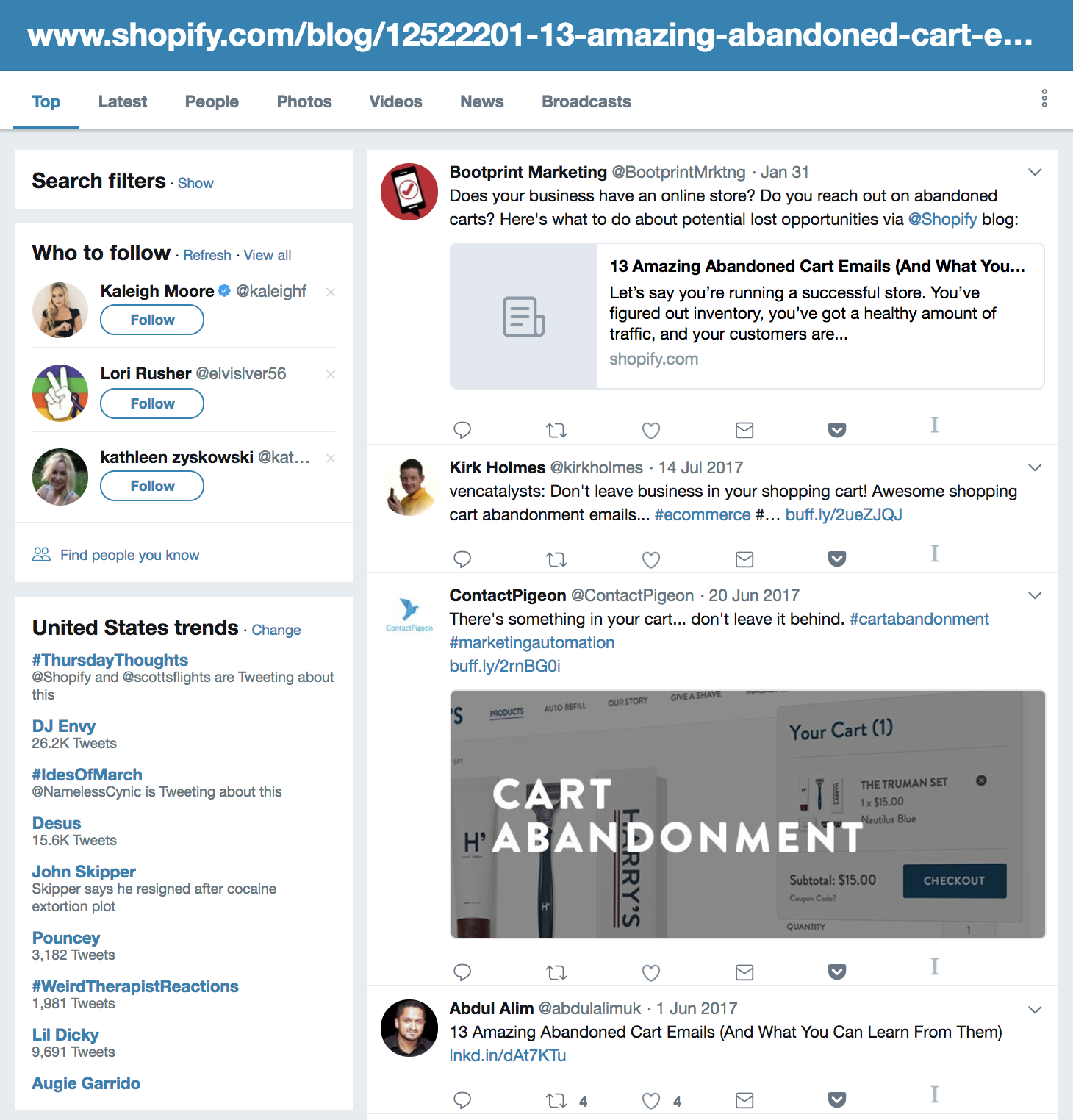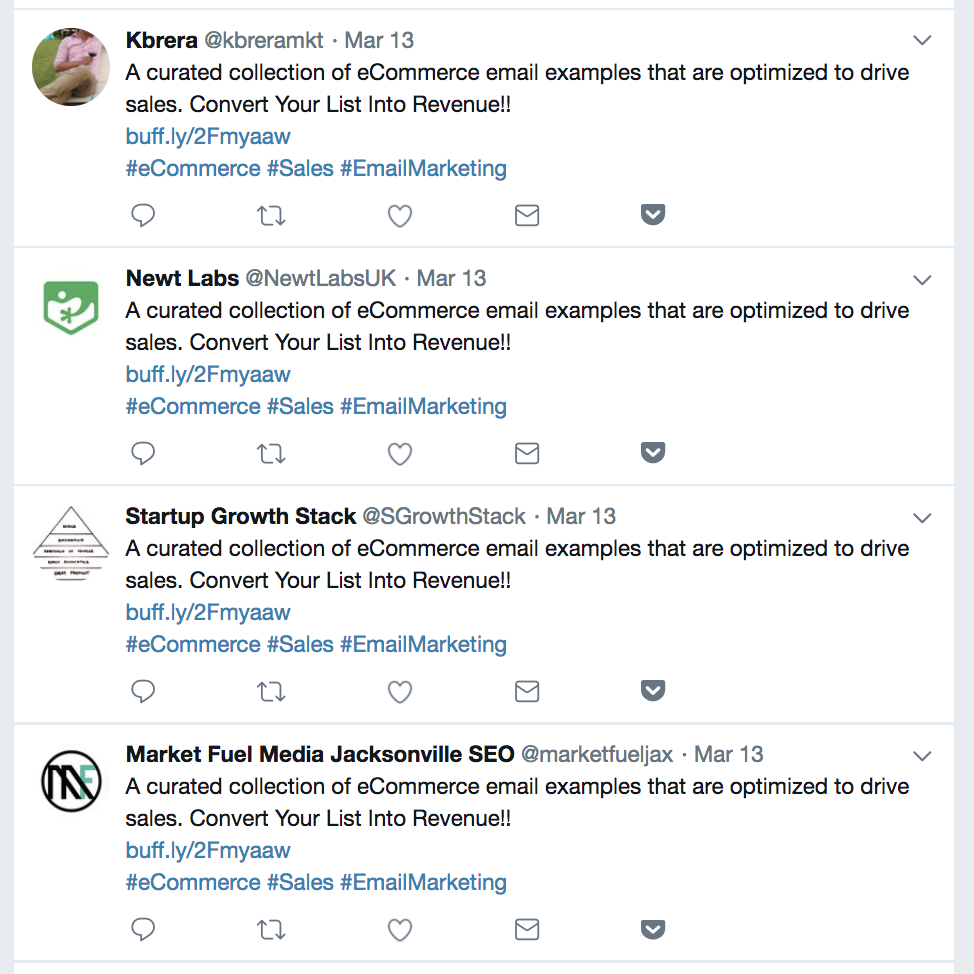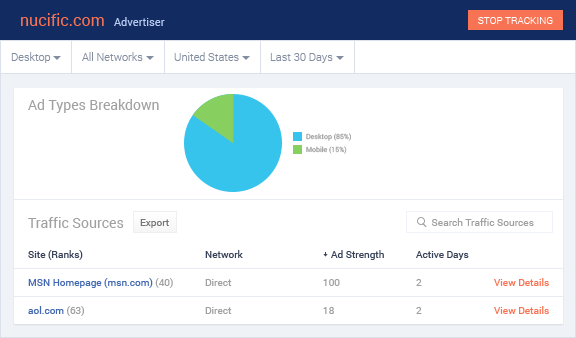
For many marketers, content production can feel like throwing spaghetti on the wall and hoping something will stick.
In a recent survey, 27% of respondents said that coming up with original ideas and producing creative content was most challenging part of their jobs.
Just coming up with an original idea isn’t enough.
You have to make it compelling for your target audience so it achieves the business objectives of your marketing plan.
However, the fast-changing consumer preferences, media technologies, and market landscape make identifying the “winning” content strategy a moving target.
By the time you’ve done the market research, gone through your past campaigns, and analyzed the data, the insights could already be obsolete.
Not to mention that a top-down approach is extremely speculative – you have no data to tell if the insights generated are reflecting the actual customer preferences and behaviors. They could merely be assumptions.
So, what can you do to find out what really works for your audience to increase the chances of success for your content marketing campaigns?
You can respond faster to market trends and create more targeted content by adopting a data-driven approach to reverse-engineer content marketing campaigns that are already proven successful for your target audience.
Here’s how.
Step 1. Identify your objectives and content types
There are many reasons why marketers use content. Your first step is to clarify the objective of the campaign so you can identify the right campaigns to reverse-engineer from.
Is it something general like brand awareness and thought leadership? Or is it something more action-driven like lead generation and sales?
You can certainly have more than one objective. But you need to be clear on which is the priority because different content, mediums, and distribution channels will be better for different goals.
For example, if your primary goal is thought leadership, you may want to focus on guest posting on authoritative sites:
If your goal is brand awareness, you could try making highly-shareable content like infographics. Like this one by Copyblogger that generated over 263,000 shares:
In both cases, you can certainly still include a call-to-action or content upgrade that collects leads. But that is secondary to your main goal of thought leadership or brand awareness.
It’s critical you have a clear objective because the campaign you’re reverse-engineering should match the objectives you hope to achieve.
In addition to the business objective of your marketing, you should ask yourself:
- Why? – Identify the desired outcome of the campaign (e.g., mapping business goals and KPIs).
- Who? – The audience of that campaign should match that of your target market.
- How? – The distribution medium should be in line with your organization’s strategies and allow you to reach your market effectively.
Step 2. Identify your competitors
The best place to find a campaign to reverse-engineer will be from your competitors.
Now, these don’t necessarily have to be direct business competitors. They might just be content competitors.
That is a brand that might not be competing with you for customers, but still has what you want at this stage: readers, pageviews, and traffic.
It could be any company in an industry related to yours that creates similar content and competes for the attention of your audience and search ranking for your keywords.
Let’s look at GMass and Rare.io. They aren’t really competitors since they solve different problems.
GMass helps you efficiently personalize and send mass mail merge campaigns with automatic follow-ups:
Rare.io is focused on helping eCommerce sellers create automated email campaigns, such as a welcome series or abandoned cart recovery:
But if you look at their blogs, you’ll see some common topics come up on both:
There are tons of brands writing good content about email optimization and strategies. Even if they’re products are completely different, they could be considered content competitors.
To identify these competitors, start by compiling a list of keywords you’d like to target.
Then search each of those keywords on Google and write down all the domains that appear on the first results page. Skip past the ads since you’re looking for companies with successful content campaigns, not PPC campaigns.
If you use a tool like Ahrefs, you can easily export the top results for each keyword you track:
This will make the next step even easier, which is to put all those domains in a document or spreadsheet and start narrowing it down.
Start by removing any duplicates.
Tip: I usually just put all of them in a spreadsheet and use the “Sort” feature to get duplicates side by side. If you have a lot of duplicates, you can use this Google Sheets Plugin to find and remove them.
Next, you should remove companies that aren’t really content competitors. This often includes major sites like Amazon, Wikipedia, and Twitter. These pages simply rank high because of who they are, not because of their content strategy.
After that, take a look at the actual content of each competitor. If it’s not great, pull them off the list too. There’s a lot that goes into ranking well in addition to great content. And there’s no point in mirroring campaigns that you don’t love.
Now that you have a shorter list, you should evaluate if the ones that are left are worth reverse-engineering.
- Take a look at their products and services. How closely do they match your offer?
- Use tools like SimilarWeb to evaluate how much your audiences overlap.
If the company’s audience closely matches yours, that’s great. Move them to the top of the list. If they have a similar product, that’s great too. But remember: content competition is the most important thing here.
Step 3. Evaluate their backlinks profile
The quality of backlinks is a good indicator of the quality of the content. Evaluating their backlinks will help you narrow down your list to 2-3 competitors that are performing the best.
So head over to a tool like Ahrefs and look up the competitors at the top of your list.
And you’ll be able to compare how many backlinks and referring domains they have. A lot of backlinks and referring domains is a good sign they have a strong content strategy:
As Brian Dean of Backlinko found, the number of referring domains is one of the most influential factors in content ranking:
But it isn’t just about quantity. It’s also about quality.
As Neil Patel writes, high-quality backlinks are better for your search ranking.
Plus, you want to make sure that your site isn’t penalized for accidentally building a relationship with a site flagged as spam.
Brian Dean’s research backed this up by showing that the average web page link authority influenced search rankings.
However, he did note that “this correlation wasn’t as strong as the impact of the total amount of referring domains.”
So, while link quality is important, quantity might actually be more important for SEO purposes. As long as you’re not attracting sites that are so low-quality that they get you penalized for linkspam.
Use this data to select the best 2-3 content competitors to reverse-engineer.
Step 4. Identify and analyze their best-performing content
Start by using the data you collected in step 3 to identify the best-performing content from each competitor by seeing which piece has the most links pointing to it.
Since backlinks are one of the biggest SEO ranking signals, it makes sense that you want to imitate content that lots of people are linking to. It’s a proven indicator of success.
Backlinks will drive traffic to your content, which is great regardless of your main objective. They will also boost your keyword ranking for that article.
And over time, they’ll even raise your site’s domain authority, which will improve the ranking of your other content too.
Another place to look for successful content is BuzzSumo. You can type in keywords or competitor domain names here to see which of their content is being shared the most.
Just head over to their Content Research feature and look up Most Shared.
You only get a handful of free searches every day. So unless you’re ready to subscribe, choose your terms carefully or sign up for a free trial.
Tip: You can also get backlink data from BuzzSumo if you create an account.
Narrow it down to a few top pieces of content (those with the most shares and backlinks). Then visit each of them and see what kind of engagement they generated.
Check out how many comments they received and the type of conversations they’re creating.
These pieces will be the cornerstone of your next step.
Step 5. Get an overview of their content marketing strategy
Content marketing is a long game, and success is built on a consistent, long-term strategy.
That’s why you can’t just look at a single piece of content, copy it, and expect the same results.
You need to see the bigger picture.
Getting an overview will help you gauge the amount of time and resources that you need to put in before you can start expecting similar results.
You’re trying to answer these questions:
- How frequently do they publish new content to replicate the results?
- How long do you need to consistently create content before you start seeing results and can evaluate if the time frame works for you?
- How much effort will it take to match the length, quality, and depth of the competitor’s content?
- Is the amount of effort they put in proportional to the results they generate? In other words, is the ROI satisfactory?
The first two question should be easier to evaluate by looking at their blog, YouTube channel, or wherever they post their content.
The last two can be a bit harder to evaluate unless you’re an experienced content marketer.
Don’t worry – you’re not looking for exact answers. Just estimates.
One good way to get more accurate estimates would be to request quotes from freelancers on sites like ProBlogger or Upwork and see how much they would charge and how long it would take to create similar content.
Even if you plan to do the work yourself, it will give you a good estimate of the effort required and associated costs.
If you’re not sure how to evaluate the ROI, you can use the Site Explorer in Ahrefs:
This will give a lot of information about their page including the organic traffic and the estimated value of that traffic based on PPC costs:
Keep in mind that this only shows you estimates based on organic keyword rankings. This is only one type of ROI, and it’s best for content focused on brand awareness or inbound lead generation.
It might be harder to get estimates on things like page conversions. For that, it’s probably best to go with industry standards for now.
Step 6. Peek into their promotion
Successful content marketing is driven by promotion. So it won’t be enough to simply create content as good as your competition. You have to distribute it as well as they do, too.
That’s why Derek Halpern of Social Triggers says that you should spend 80% of your content marketing effort on promotion.
A great way to get started is by signing up for their email list to see what they send out to their subscribers.
Take Harry’s, for example. You might see content like this without many words and wonder how it could ever rank and get traffic.
But in reality, it doesn’t have to rank. It simply has to be well-promoted. And Harry’s leverages their email list to do just that:
If you want to take it a step further, use a tool like Owletter or MailChart to help analyze their email behaviors and segmentation strategy:
Then look at how they promote content through social media. Check out their profiles and keep track of what they’re posting, when they’re posting, and how they’re spending their ad dollars.
You can search directly on Twitter and Facebook for the link:
There are a few things to look for here.
First, you can see who is sharing and retweeting the post. If they’re in your target audience, that’s a good sign. You can even reach out to these people later on to ask them to share your content.
Second, you want to notice any patterns that could hint toward their distribution tools.
For example, you might see the same tweet repeatedly. This suggests they’re using some type of automated distribution tool like Quuu or Click To Tweet.
And third, you should look to see if they’re working with any influencers to promote their content.
If industry influencers are regularly sharing their content, you should write down their names, Twitter handles, and any other contact information you can find.
Once you start producing content, you’ll want to reach out to these same influencers.
After you’ve checked out their emails and social media, it’s time to see if they’re doing any guest posting.
Search the company and CEOs name, but exclude searches from their own site by adding -example.com to the end of your query. (Of course, you’ll replace “example” with the company domain.)
Repeat this for the company name, CEO/founder’s name, and any other key players that publish on their blog.
Write down the name of the sites they’re published in so that you can reach out and post in the same publications when the time comes.
One last thing you can check is to see if they’re running any ads for their content. This is a little tricky to see, but not impossible.
You’ve probably spent a good amount of time on their site during this process.
You should start getting targeted by any retargeting ads — if they exist. Just keep an eye out. You can also use WhatRunsWhere to get a breakdown of your competitor’s ads across the web:
It will also notify you when a new ad from your competitor goes live, so this can be a great tool to keep for the future.
Step 7. Decide what to mirror and how to stand out
Not all of the content ideas and types that work for your competitors will work for you.
If you simply copy your competition blindly, you’ll fail to create your own brand and audience.
You may even end up like New Coke – the Coke recipe that attempted to taste just like Pepsi and ended in complete disaster.
What Coke failed to realize is that people who preferred Pepsi were already satisfied with Pepsi. By offering them essentially the same product, they provided no new value. No incentive to switch.
Compare that to Coke’s strategy today, which is to provide a wide variety of flavor options.
Sure, Pepsi and Coke mirror each other’s new additions. But they try to make each one their own.
Don’t just copy their case study. Produce your own using your tools and expertise to help a client succeed.
In addition to adding your own voice, it pays to think strategically about what content you’re going to tackle.
For example, if the domain has years of history and high authority scores, they will have an easier time ranking for competitive keywords.
Simply imitating their content won’t be enough to bring the same results. So you need to be realistic and strategic about what keywords to go after.
Also, consider the full picture and your business goals from the earlier steps.
They might have some great bottom-funnel content that seems to be converting really well. But don’t jump straight for that and ignore all the content that customers engage with earlier on.
You also need to make sure that you put a unique spin on the content to stand out from competitors. Try approaches like Brian Dean’s Skyscraper Technique to take your competitor’s content and improve on it.
Come up with a unique angle, provide more comprehensive information, and have some personality.
Conclusion
Content marketing can feel like a lot of guesswork in the beginning. Working hard to produce and hoping it all pays off in a few months.
It can be hard to figure out what your audience wants and how to best deliver that message to them.
But it doesn’t have to be that way.
Others have done it before. And by reverse-engineering their success, you can make it yours.
Just go through the seven steps outlined here:
- Identify your objectives and content types.
- Identify your competitors.
- Evaluate their backlinks profiles.
- Identify and analyze their best-performing content.
- Get an overview of their content marketing strategy.
- Peek into their promotion.
- Decide what to mirror and how to stand out.
And finally, get to work.
Start producing content.
It may still take some time to start seeing the same (or better) results as your competition. But this process of reverse-engineering will take the guesswork out of it so you can move forward with confidence.

